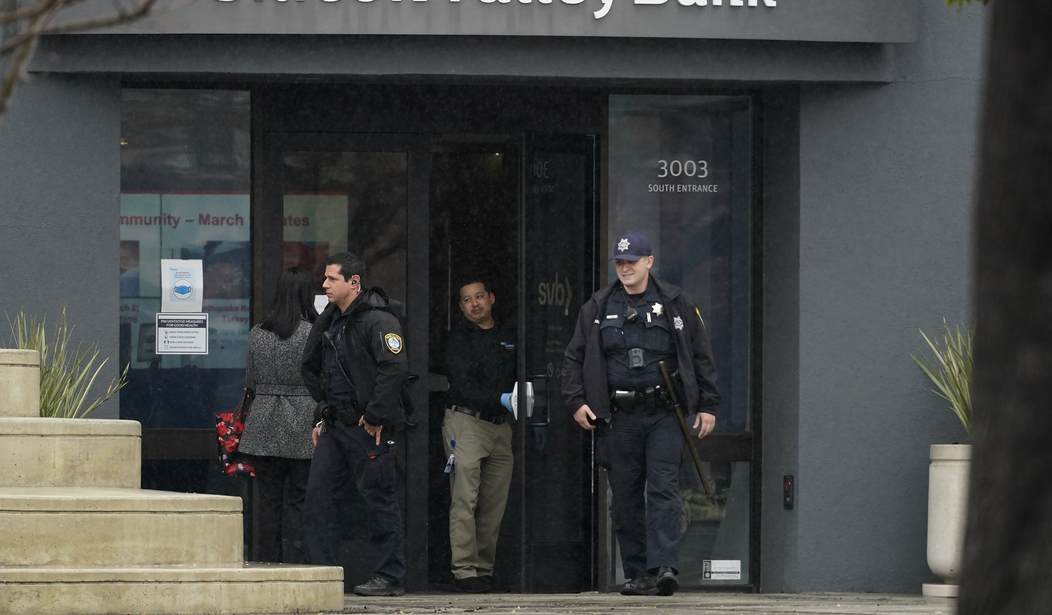While the collapse of Silicon Valley Bank (SVB) and other banks in mid-March originally hit smaller banks the hardest, the 25 biggest U.S. banks experienced a massive deposit outflow of about $90 billion last week. Americans seem to be increasingly distrustful of banks — not unreasonably.
The Epoch Times reported on April 3:
Between the collapse of SVB over March 10 weekend and March 22, domestically chartered banks in the United States lost a total of roughly $213 billion in deposits as skittish savers rushed to withdraw their money, according to the latest seasonally adjusted Federal Reserve figures on deposit outflows.
Silicon Valley Bank, which was one of several banks to fail recently, marked the second-largest bank collapse in the history of America. A record $196.4 billion drop in smaller bank deposits (i.e. below the top 25 banks) happened in the first week after SVB’s failure. But then, small domestically chartered banks, according to Epoch Times, saw deposits increase by about $6 billion this last week. Smaller banks are still “down just over $190 billion,” however. In contrast, the same big banks that initially saw an uptick in deposits for the week after the SVB collapse ($67 billion) had an $89.7 billion deposit drop during the week ending with March 22, the Epoch Times notes. That leaves big banks in America down $22.7 billion since Silicon Valley Bank failed.
Money market funds benefitted from the deposit outflows, according to the Epoch Times. In March, about $286 billion “flooded” into U.S. money market funds, the outlet said, citing the Financial Times, which in turn cited EPFR data. “That’s the biggest month of inflows since the height of the COVID-19 pandemic in 2020.”
Experts warn that a credit dry-up and tightening lending standards are set to damage the “real economy,” the Epoch Times cautioned. “Lending standards started tightening in early 2022 with the Federal Reserve’s inflation-fighting rate hikes and balance-sheet runoff,” the outlet said. The banking disaster only tightened standards. This could negatively affect small businesses and American citizens in an already bad economy.
Meanwhile, BMO Capital Markets reported that, in February, U.S. companies with the highest credit ratings — to get ahead of more possible interest rate hikes — sold a record $144 billion worth of debt securities. But corporate bond market deals went to a “standstill” after the bank collapses. American Institute for Economic Research economist Peter Earle told the Epoch Times that worries about U.S. banking will “eventually result in lending being unavailable or only accessible at exorbitant rates. And that will constitute a credit crunch.” A credit crunch occurs when banks raise lending standards, thus making loans harder to obtain both by businesses and by households.










Join the conversation as a VIP Member